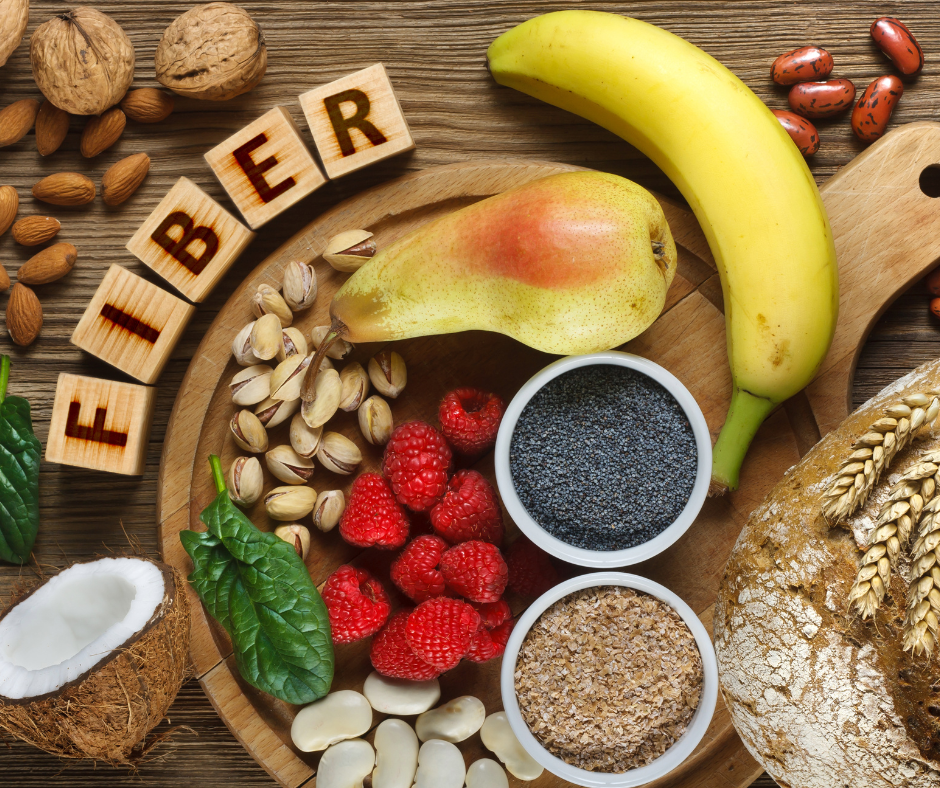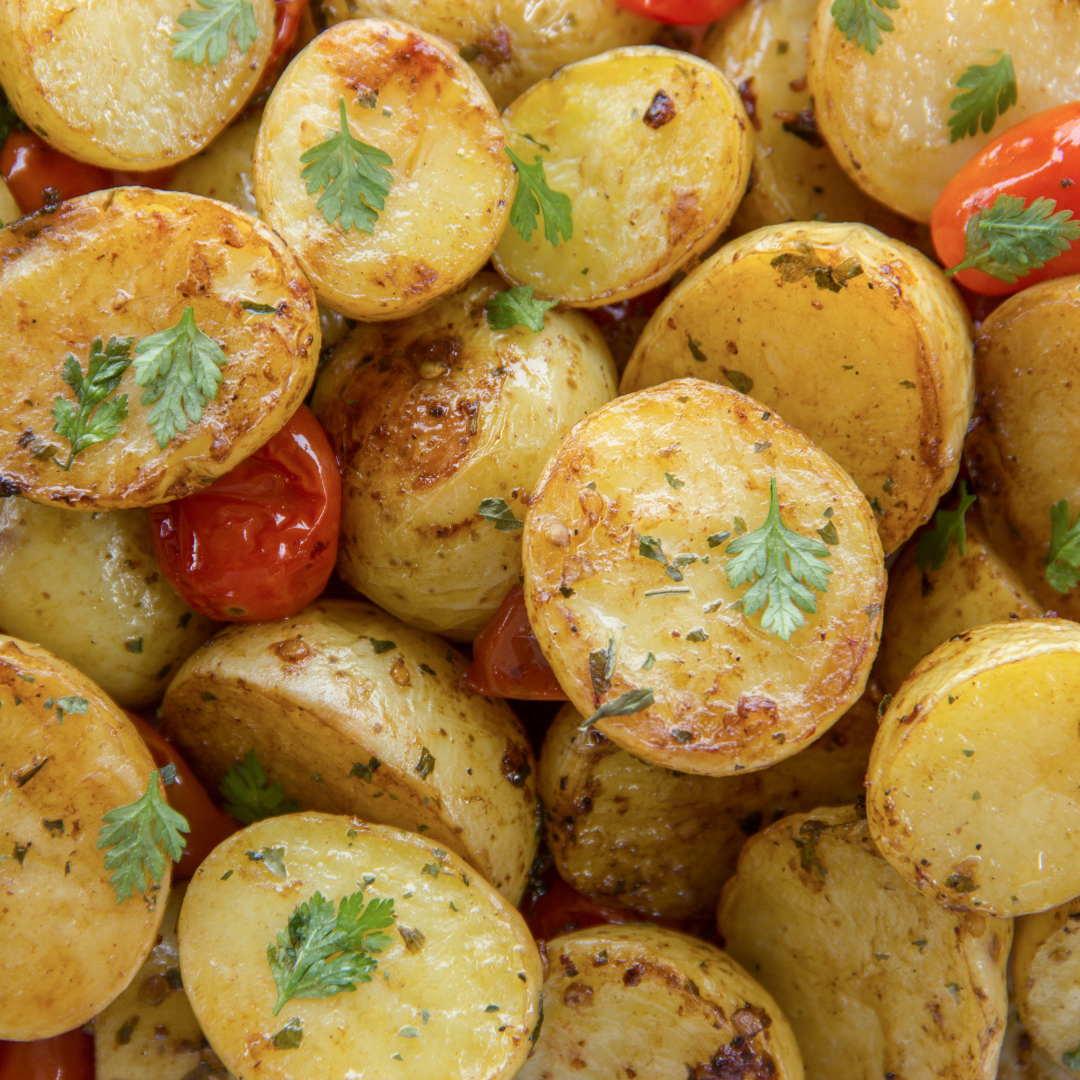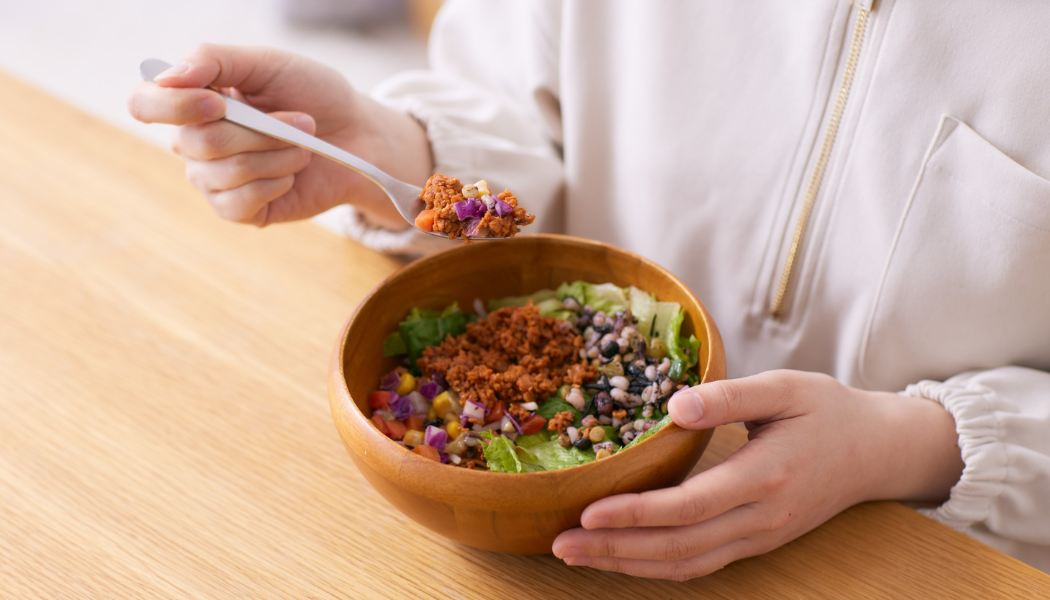The Surprising Reason Your High-Fiber Diet Isn’t Helping your constipation
If you're dealing with constipation, you've probably heard that you need to "eat more fiber." But what if the real problem isn’t just how much fiber you’re eating, but what kind? Not all fiber is the same, and getting it from a variety of sources can make a huge difference in how your gut feels and functions.
In this post, you’ll understand what fiber really is, the different types you need to support healthy digestion, and why diversity in your diet is key for long-term gut health.
What Is Fiber, Really?
Fiber is the part of plant foods that your body can’t digest. While that might sound like a bad thing, it’s actually essential. Instead of being broken down and absorbed in the small intestine, fiber travels to the colon where it adds bulk, absorbs water, and feeds your gut bacteria. According to the USDA and other health sources, fiber supports bowel regularity, lowers cholesterol, and supports metabolic and digestive health (Source).
The Different Types of Fiber and How They Help
1. Soluble Fiber
What it does: Dissolves in water to form a gel-like substance.
How it helps: Helps soften stool, improves stool consistency, and slows digestion for better nutrient absorption.
Sources: Oats, psyllium, apples, bananas, citrus fruits, avocado, carrots, beans.
Best for: Softening hard stool and supporting smoother bowel movements.
2. Insoluble Fiber
What it does: Does not dissolve in water; adds bulk to stool.
How it helps: Speeds up transit time and helps prevent constipation by promoting regularity.
Sources: Whole grains, lentils, chickpeas, chia seeds, flaxseed, leafy greens like kale, fruits with edible skins, nuts, seeds.
Best for: Bulking up stool and keeping things moving.
3. Prebiotic Fiber
What it does: Feeds beneficial gut bacteria.
How it helps: Supports a healthy microbiome and improves long-term digestive function and immune health.
Sources: Garlic, onions, leeks, asparagus, bananas (especially slightly green), oats, legumes.
Best for: Nurturing your gut ecosystem and improving stool consistency over time.
4. Resistant Starch (not technically a fiber, but acts like one)
What it does: “Resists” digestion in the small intestine and ferments in the large intestine.
How it helps: Feeds gut bacteria, increases production of butyrate (a short-chain fatty acid that improves colon health), and improves stool form.
Sources: Potatoes, rice, oats, whole grains, green bananas, beans, lentils.
Best for: Reducing inflammation and supporting regular, well-formed bowel movements.
The Mistakes People Make When Trying to Get More Fiber
Most people know fiber is important, but these common slip-ups can sabotage your high-fiber efforts:
1️⃣ Using a fiber supplement as a fix-all – Fiber powders can boost your total daily grams, but they’re usually made up of soluble fiber (like psyllium or inulin). That may help keep your stool soft, but it doesn’t add bulk or stimulate motility the way insoluble fiber does. Relying on a powder means you’re missing the full spectrum of benefits that you get from a diverse diet.
2️⃣ Eating the same few high-fiber foods – A bowl of fiber-packed cereal might cover 20g of your daily target, but if it’s your main source of fiber, your gut is getting limited nourishment. Different fibers feed different bacteria—so monotony means you’re only feeding some of your beneficial bacteria while others starve. This can lead to a decline in beneficial bacterial strains over time.
3️⃣ Thinking fruits and veggies are enough – They’re great, but if you're skipping other fiber-rich foods like legumes, nuts, seeds, and whole grains, you’re missing out on an excellent source of insoluble fiber as well as resistant starches. This could explain why you’re still constipated despite a “healthy” diet.
4️⃣ Focusing only on the number of grams – Hitting a fiber goal doesn’t guarantee better digestion if it’s all from the same type. You might still feel bloated, gassy, or constipated if the fibers you're eating aren't supporting stool bulk, microbial health, or motility. Moreover, while standard guidelines recommend 25-38 grams of fiber per day, emerging research suggests that higher intakes—potentially exceeding 50 grams daily—may offer greater health benefits, especially for those who struggle with constipation (Source). This underscores the importance of not just meeting, but in some cases exceeding, the minimum recommendations.
Why Variety Matters for Gut Health
Your gut is home to trillions of bacteria, and different species feed on different types of fiber. Eating a variety of fibers is like putting out a buffet that keeps your gut microbes diverse and well-fed. And the more diverse your gut bacteria, the healthier your digestion—and your overall health.
Studies show that microbial diversity is associated with reduced inflammation, improved motility, and stronger immunity (National Institutes of Health). Eating the same fiber source every day might keep you regular (or it might not), but it won’t support a thriving, resilient gut over time.
How to Add More Fiber Variety to Your Diet *
Here are some ways to naturally increase your fiber diversity:
Swap your cereal for overnight oats with chia seeds, flax, and fruit.
Add beans or lentils to soups, stews, or salads.
Include a variety of root vegetables like sweet potatoes, carrots, beets.
Roast a mix of cruciferous veggies like broccoli, Brussels sprouts, and cauliflower.
Use whole grains like quinoa, farro, and brown rice instead of refined grains.
Keep a rotation of nuts and seeds in your meals and snacks.
*Note: If you’ve been following a standard American diet or a low-fiber diet, don’t jump into a high-fiber diet overnight. Your gut needs time to adapt, and while a bit of extra gas or bloating is normal at first, increasing fiber too quickly can lead to significant discomfort. Take a slow and steady approach—add more high-fiber foods as tolerated and give your gut time to adjust.
Final Thoughts: It’s Not Just About the Grams
Yes, fiber is crucial for regularity, but it’s fiber variety that truly transforms your gut. If you’re relying on the same foods or a fiber supplement to do the heavy lifting, your microbiome might be starving for more diversity.
Start by adding in one new fiber-rich food per week and notice how your digestion responds. With the right balance of soluble, insoluble, prebiotic, and resistant starches, you can support a healthier gut and finally feel some relief from constipation.








